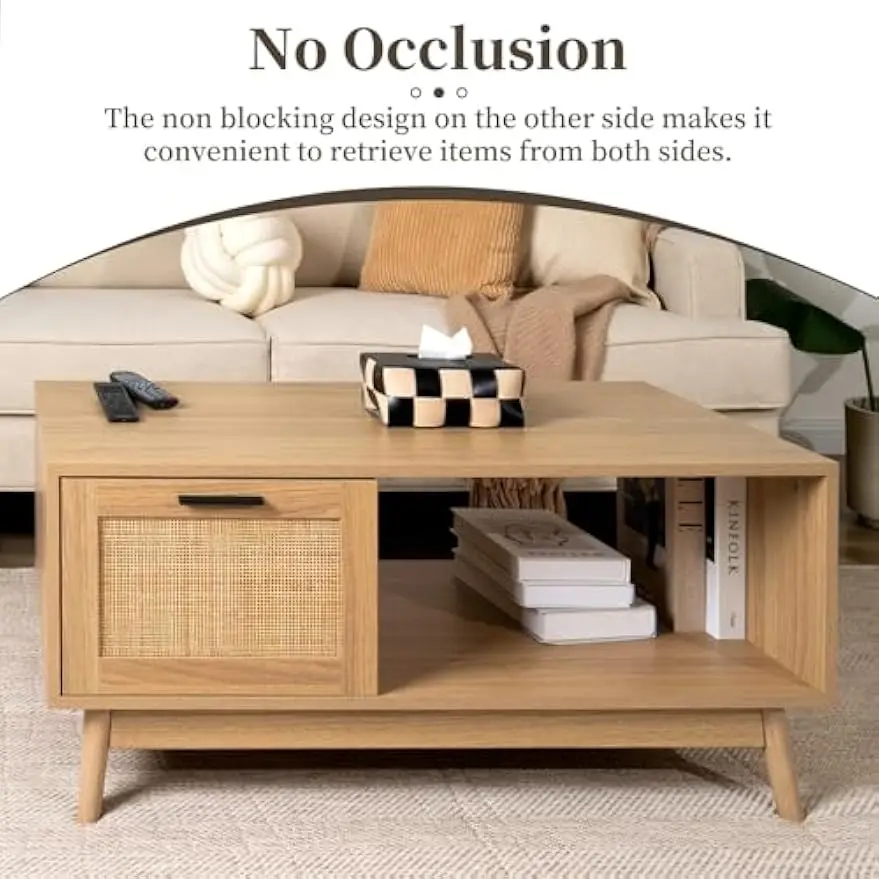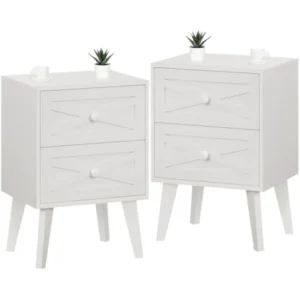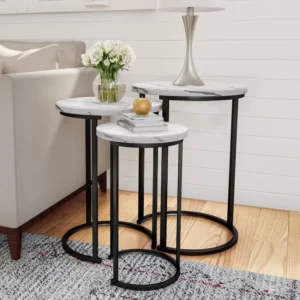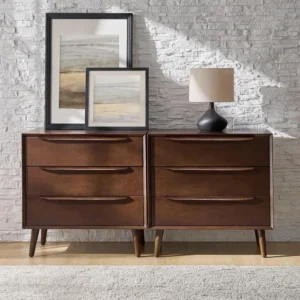The Enduring Appeal of Mid-Century Rectangular Tables
Mid-century modern design continues to captivate homeowners and interior designers alike with its clean lines, organic forms, and perfect balance of form and function. At the heart of this enduring style are rectangular tables—versatile pieces that serve as both practical surfaces and artistic statements within a space.
The beauty of mid-century design lies in its timeless quality. The rectangular tables from this era, characterized by tapered legs, warm wood tones, and minimalist silhouettes, have remained relevant despite changing interior trends. These pieces work effortlessly in contemporary settings while maintaining their distinctive character and charm.
What makes mid-century modern table design so special is its commitment to authenticity. Inspired by designers like Eames, Noguchi, and Saarinen, these tables embody a design philosophy that values quality materials, intentional craftsmanship, and purposeful form. Today’s revival of mid-century aesthetics isn’t merely nostalgia—it’s an appreciation for the enduring principles of good design.
In this guide, we’ll explore how to style your rectangular mid-century table in ways that honor its heritage while creating a livable, beautiful space. Whether you’re working with a dining table, coffee table, or console, understanding the rectangular coffee table design features will help you make styling choices that enhance rather than compete with your furniture’s inherent beauty.
Core Mid-Century Styling Principles for Any Rectangular Table
To style your mid-century rectangular table effectively, it’s important to understand the fundamental principles that guide this design aesthetic. These concepts will help you create arrangements that feel authentic and purposeful.
Embrace Simplicity and Clean Lines
Mid-century design celebrates simplicity. When styling your rectangular table, resist the urge to overcrowd it with accessories. Select fewer, more meaningful items that allow the table’s design to shine. The complete guide rectangular coffee table design emphasizes that the beauty of these pieces often comes from their straightforward, uncluttered profiles.
Honor Natural Materials
Wood is the star of mid-century furniture, particularly warm tones like walnut, teak, and oak. When styling your table, choose accessories that complement rather than hide these beautiful surfaces. Consider transparent or lifted elements that allow glimpses of wood grain beneath. Materials like ceramic, glass, and brass create pleasing contrast while respecting the table’s natural beauty.
Balance Form with Function
Mid-century modern design is famously practical. Your styling should enhance, not hinder, the table’s usability. For coffee tables, leave open space for setting down drinks. On dining tables, create centerpieces that can be easily moved during meals. This balance ensures your mid-century modern rectangular coffee tables remain both beautiful and useful.
Create Organic-Geometric Harmony
The mid-century aesthetic blends geometric shapes with organic forms. When selecting accessories, mix angular pieces with softer, curved elements. A rectangular table might be complemented by a rounded vase, while a geometric sculpture adds visual interest through contrast.
Consider Negative Space
Empty space is not wasted space in mid-century design—it’s intentional breathing room. Allow for negative space in your table arrangements, giving important pieces room to stand out. This approach creates visual calm and highlights the quality of each element rather than creating a cluttered effect.
Dining Table Styling: Creating a Balanced Focal Point
Your mid-century rectangular dining table serves as the centerpiece of your eating area, deserving thoughtful styling that enhances meals and gatherings while honoring its design heritage.
Centerpiece Strategies
For everyday use:
– Low, horizontal arrangements that don’t block conversation
– Simple ceramic vessels with minimal floral displays
– A trio of candles in holders of varying heights
– A single sculptural element with organic form
For entertaining:
– Longer, linear arrangements that follow the table’s rectangular shape
– Groupings of similar items (like candlesticks) in odd numbers
– Layered elements creating visual depth without excessive height
– Seasonal natural elements like branches or fruit displays
Table Linen Approaches
Mid-century tables often feature beautiful wood that deserves to be seen. Consider these linen strategies:
– Runners instead of full tablecloths to showcase wood grain and table edges
– Placemats in natural fibers like linen, jute, or leather
– Simple napkins in solid colors from the mid-century palette
– Minimal pattern, favoring texture for visual interest
Chair Pairing Recommendations
The chairs surrounding your table greatly impact its overall appearance:
– Consider iconic mid-century chair designs with tapered legs echoing the table
– Maintain consistent wood tones between table and chairs for cohesion
– Mix complementary chair styles while keeping proportions similar
– For modern spaces, pair solid wood coffee tables with upholstered dining chairs for textural contrast
Lighting Considerations
Lighting dramatically affects how your table is perceived:
– Pendant lights hung at appropriate heights (30-36 inches above the table surface)
– Sputnik chandeliers or globe pendants for authentic mid-century appeal
– Warm-toned bulbs to enhance wood tones
– Adjustable brightness to create the right mood for different occasions
Coffee Table Styling: The Art of Purposeful Arrangement
The coffee table often serves as the anchor of your living space, making it a prime canvas for thoughtful styling. Mid-century rectangular coffee tables, with their clean lines and warm wood tones, offer the perfect foundation for creating inviting arrangements.
Creating Balance with the Rule of Three
One of the most effective styling rectangular coffee tables techniques is grouping objects in threes, which creates natural visual harmony:
- Vary heights within your groupings—tall, medium, and short elements
- Play with contrasting shapes—round, angular, and organic forms
- Use different scales—substantial anchor pieces balanced with smaller accents
- Create triangular arrangements that guide the eye across the table surface
The Power of Trays
Trays are styling workhorses that bring order to coffee table arrangements:
– Choose trays with simple, clean lines in materials that complement your table
– Use them to corral smaller items like remote controls and coasters
– Create a defined area for drinks or snacks that can be easily moved when needed
– Layer items of varying heights within the tray for dimensional interest
Books as Both Function and Form
Books are quintessential coffee table styling elements in mid-century spaces:
– Stack art books or photography collections with appealing covers
– Arrange books horizontally rather than vertically for stability
– Use books as platforms to elevate smaller decorative objects
– Select titles that reflect personal interests while complementing your color scheme

Balancing Decoration and Function
The most successful mid-century coffee tables strike a balance between beauty and usability:
– Leave open space for practical use—at least 30% of the surface should remain clear
– Create distinct zones for decorative elements versus functional areas
– Ensure items can be easily moved when more surface area is needed
– Consider the viewing angle from seated positions around the table
Scale Matters
Proportions greatly affect how your styled coffee table relates to surrounding furniture:
– Choose accessories that aren’t so tall they block conversation across the table
– Ensure no single item dominates the entire arrangement
– Consider the table’s proportions—longer tables may need multiple styling zones
– Create visual weight that corresponds to the substantial nature of mid-century tables
Console & Entryway Table Styling: First Impressions Matter
The console or entryway table creates the first impression of your home’s interior style. When working with a mid-century rectangular console, thoughtful styling transforms this functional piece into a welcoming statement.
Creating an Inviting Entry
Your entryway sets the tone for your entire home:
– Place a statement lamp or pair of matching table lamps to create warm, inviting light
– Add a small dish or decorative box for keys and everyday essentials
– Include a meaningful art object that reflects your personal style
– Consider a fragrant element like a small candle or diffuser to engage multiple senses
Practical Storage with Style
Entryway tables need to balance beauty with daily functionality:
– Use decorative baskets or boxes to hide clutter while adding texture
– Include a shallow bowl or tray for mail and papers
– Consider lidded containers for items like dog leashes or winter accessories
– Maintain clean lines with thoughtfully chosen storage pieces rather than accumulated clutter
Vertical Dimension
The space above your console presents valuable styling opportunities:
– Hang a mirror to reflect light and create a sense of space
– Position artwork at appropriate heights (typically center at eye level, about 60” from floor)
– Create layered arrangements with smaller framed pieces leaning against larger ones
– Consider the proportions of wall elements in relation to your side and end tables
Creating Visual Flow
Your console styling should guide the eye naturally:
– Create a visual pathway using items of graduating heights
– Balance symmetrical elements (like matching lamps) with asymmetrical arrangements between them
– Use color strategically to draw attention to key pieces
– Consider how the styling relates to other elements in the entry space
Perfect Decor Elements for Mid-Century Tables
Selecting the right decorative elements is crucial for authentic mid-century table styling. The following materials and objects complement rectangular mid-century tables while enhancing their inherent design qualities.
Ceramics
Ceramics feature prominently in mid-century styling:
– Matte or semi-gloss glazes rather than high shine
– Organic, often asymmetrical forms
– Earth-toned pottery in mustard, olive, burnt orange, and terracotta
– Simple vessels with interesting textural elements
– Studio pottery pieces with visible craftsmanship
Glassware
Glass adds visual lightness to wood surfaces:
– Colored art glass in amber, smoke, or jewel tones
– Simple bud vases for minimal floral displays
– Geometric decanters or carafes
– Murano-inspired pieces with subtle color gradients
– Transparent elements that allow wood grain to show through
Metal Accents
Metallic elements add sophistication to mid-century tablescapes:
– Warm brass or copper pieces rather than chrome
– Candleholders with simple, architectural forms
– Small sculptures with abstract, modernist designs
– Picture frames with minimal profiles
– Clock faces and small tabletop objects with clean lines
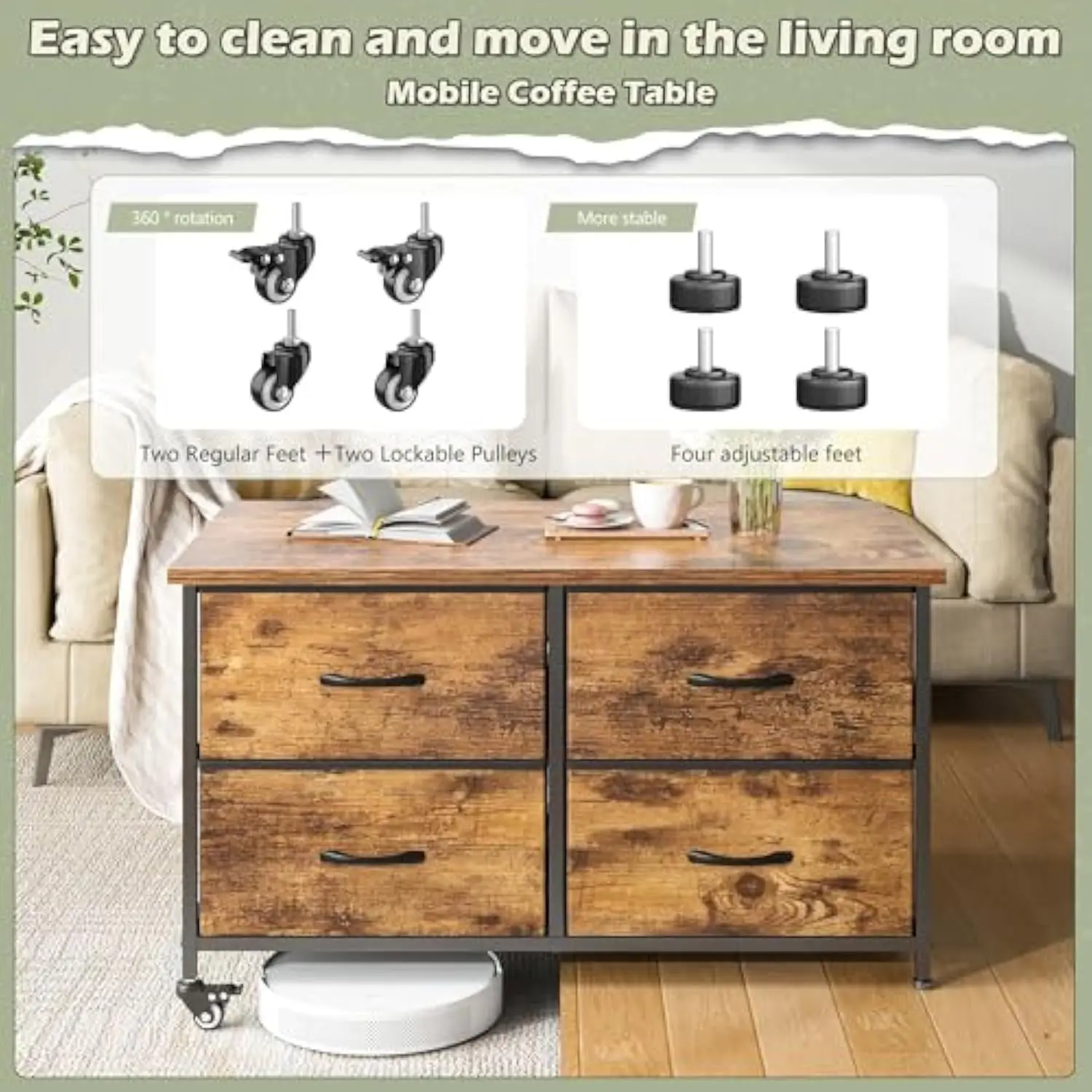
Wood Elements
Wooden accessories can complement your table’s material:
– Small carved objects in contrasting wood tones
– Handcrafted boxes with simple joinery
– Low wooden bowls or trays
– Sculptural pieces with organic forms
– Items that showcase beautiful grain patterns
Plants and Natural Elements
Greenery adds life and organic shape to geometric tables:
– Low-maintenance plants like succulents or air plants
– Architectural specimens such as snake plants or ZZ plants
– Small potted herbs for dining tables
– Simple arrangements of branches or single stems
– Planters in ceramic, wood, or brass that complement the mid-century aesthetic
The mastering space planning long rectangular tables approach teaches us that thoughtful arrangement of these elements creates visual interest while maintaining the table’s functionality.
Color Theory: Enhancing Your Mid-Century Table’s Wood Tones
The colors you choose to style with can either enhance or detract from your mid-century table’s natural beauty. Understanding how to work with wood tones ensures a harmonious overall look.
Classic Mid-Century Color Palettes
Different wood finishes pair naturally with specific color families:
– Walnut (dark brown with red undertones): Mustard yellow, olive green, burnt orange, and teal blue
– Teak (medium brown with orange undertones): Navy blue, emerald green, rust, and cream
– Oak (light to medium brown with yellow undertones): Charcoal, sage green, burgundy, and gold
– Maple (light creamy brown): Turquoise, coral, slate blue, and forest green
Creating Strategic Contrast
Thoughtful color contrast helps your walnut coffee tables stand out:
– Use colors opposite wood tones on the color wheel for dynamic contrast
– Employ neutral backgrounds to make wood grain the star
– Add small pops of vibrant color through accessories
– Consider the 60-30-10 rule: 60% dominant color (often the wood), 30% secondary color, 10% accent color
Using Color to Direct Attention
Strategic color placement can highlight your table’s best features:
– Place colorful items at the table’s edges to draw attention to interesting legs or aprons
– Use color blocking with books or accessories to define different table sections
– Create visual pathways with graduated color intensities
– Use lighter colors on darker wood and vice versa for balanced contrast
Working with Neutrals
Neutral palettes offer sophisticated styling options:
– Layer different textures in similar neutral tones
– Mix warm and cool neutrals for subtle contrast
– Use whites and creams to create breathing space around darker wood
– Incorporate black accents for graphic punctuation
Mid-Century Modern End Table Sets of 2, Mid-Century Modern Square Side & End Tables, Mid-Century Modern White Side & End Tables
$348.24 Select options This product has multiple variants. The options may be chosen on the product pageMid-Century Modern Solid Wood Coffee Tables, Mid-Century Modern Teak Coffee Tables
$879.95 Select options This product has multiple variants. The options may be chosen on the product pageMid-Century Modern Danish Coffee Tables, Mid-Century Modern Oval Coffee Tables, Mid-Century Modern Solid Wood Coffee Tables
$390.05 Select options This product has multiple variants. The options may be chosen on the product pageMid-Century Modern Nesting Side & End Tables, Mid-Century Modern Nesting Table Sets, Mid-Century Modern Round Side & End Tables
Price range: $239.35 through $273.06 Select options This product has multiple variants. The options may be chosen on the product pageMid-Century Modern End Table Sets of 2, Mid-Century Modern Walnut Side & End Tables
Price range: $978.89 through $1,957.38 Select options This product has multiple variants. The options may be chosen on the product pageMid-Century Modern Coffee & End Table Sets, Mid-Century Modern Coffee Table Sets, Mid-Century Modern Oval Coffee Tables
Price range: $257.48 through $331.04 Select options This product has multiple variants. The options may be chosen on the product page
Mastering Visual Balance on Rectangular Surfaces
Creating well-balanced arrangements on rectangular tables requires understanding visual weight and composition principles. These techniques help achieve pleasing, intentional displays.
Symmetrical vs. Asymmetrical Balance
Both approaches can work beautifully on mid-century tables:
Symmetrical balance:
– Creates formal, ordered arrangements
– Works well on dining tables and consoles
– Uses matching elements on either side of a central point
– Provides visual stability and calmness
Asymmetrical balance:
– Creates dynamic, interesting arrangements
– Works well on coffee tables
– Uses different elements that have equivalent visual weight
– Provides energy and movement within the space
Distributing Visual Weight
Visual weight refers to how strongly an object attracts the eye:
– Larger items have greater visual weight and should anchor arrangements
– Dark colors appear heavier than light colors
– Complex patterns and textures draw more attention than simple ones
– Distribute heavier elements across the table rather than clustering them
The differences between rectangular vs square coffee tables affect how we distribute items—rectangular surfaces often benefit from linear arrangements that follow their longer dimension.
Playing with Height Variations
Height creates dimension and interest:
– Follow a general rule of thirds for maximum, medium, and minimum heights
– Ensure taller items don’t block sightlines across the table
– Create rhythm by alternating heights across the table’s length
– Consider the visual hierarchy—what should be noticed first, second, and third
Using Negative Space Intentionally
Empty space is a powerful design element:
– Allow breathing room between objects for visual rest
– Use negative space to highlight particularly special pieces
– Create intentional gaps that guide the eye through the arrangement
– Consider negative space as actively as you consider the objects themselves
Styling Do’s and Don’ts: Common Mid-Century Table Mistakes
Even with beautiful furniture pieces, styling missteps can diminish their impact. Here are key do’s and don’ts for styling your mid-century rectangular table effectively.
DO: Edit Ruthlessly
- Select fewer, more impactful pieces rather than many small items
- Consider the purpose of each object before including it
- Remove anything that doesn’t enhance the overall aesthetic or serve a function
- Regularly reassess your arrangements to prevent gradual clutter
DON’T: Over-Accessorize
- Avoid covering more than 70% of the table’s surface
- Resist using too many small, disparate objects that create visual noise
- Skip trendy items that don’t align with mid-century principles
- Never obscure the table’s most distinctive design features
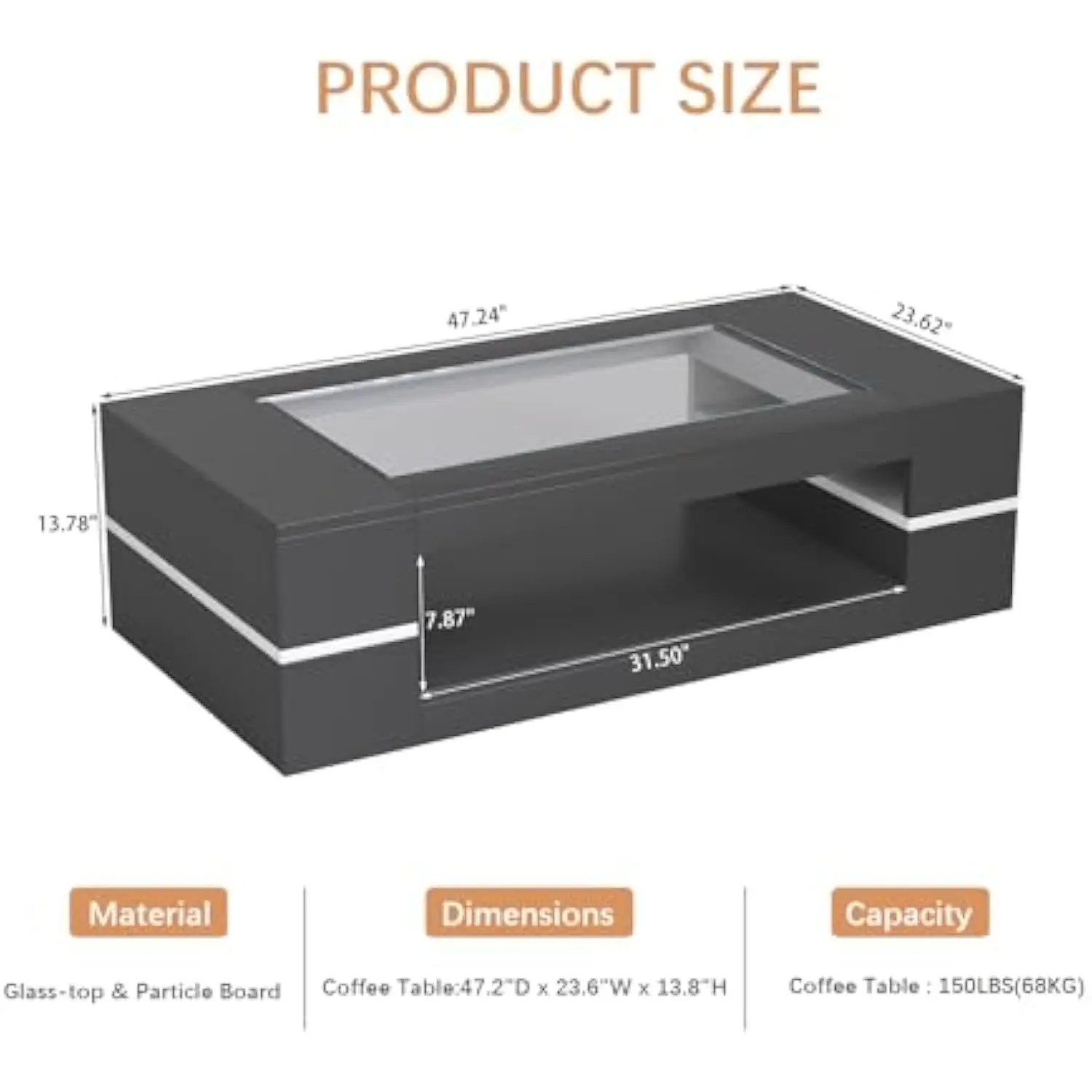
DO: Maintain Authenticity
- Research authentic mid-century accessories and styling approaches
- Choose items with clean lines and simple forms
- Select materials common to the era (ceramic, wood, brass, glass)
- Consider the overall design philosophy when making styling choices
DON’T: Sacrifice Function
- Never block pathways around tables with oversized arrangements
- Avoid centerpieces that prevent conversation across dining tables
- Don’t style coffee tables so completely that there’s nowhere to set a drink
- Remember that mid-century design values usability as much as aesthetics
Understanding how to style marble coffee tables mid-century requires particular attention to contrast and complementary materials.
DO: Consider Scale and Proportion
- Choose accessories proportionate to your table’s size
- Create arrangements that respect the table’s dimensions
- Use larger statement pieces for substantial tables
- Consider the visual weight of items in relation to the table
DON’T: Ignore the Surrounding Space
- Avoid styling that conflicts with nearby furniture pieces
- Don’t repeat identical styling on multiple tables in the same room
- Ensure your table styling connects with the room’s overall design scheme
- Consider sightlines from different seating positions
Budget-Friendly Mid-Century Table Styling Ideas
Achieving an authentic mid-century look doesn’t require an unlimited budget. These strategies help you create stylish table arrangements without overspending.
Thrifting for Mid-Century Treasures
Second-hand shopping yields authentic finds at reasonable prices:
– Look for ceramic pieces with simple forms and earth-toned glazes
– Search for brass candlesticks, small sculptures, or desk accessories
– Explore vintage art glass in amber, green, or smoke colors
– Check book sections for vintage art or architecture books with graphic spines
DIY Projects with Mid-Century Flair
Create custom pieces that complement your table:
– Paint plain ceramic vases in mid-century colors
– Make simple geometric sculptures using wood scraps
– Create abstract art in mid-century color palettes
– Refinish thrifted wooden objects to match your table’s wood tone
Repurposing with Purpose
Look at everyday items through a mid-century lens:
– Arrange collections of natural objects like stones or driftwood
– Display vintage kitchen tools as sculptural objects
– Use architectural salvage pieces as paperweights or objets d’art
– Repurpose vintage containers as planters or organizers
Investment Pieces Worth the Splurge
Allocate your budget strategically:
– Invest in one statement piece rather than many small accessories
– Look for quality reproductions of iconic mid-century designs
– Consider handmade ceramic pieces from contemporary artisans
– Explore the best rectangular mid-century coffee tables for pieces that will anchor your space with authentic style
Making Your Mid-Century Table Uniquely Yours
While honoring mid-century design principles is important, your home should ultimately reflect your personal style and story. Here’s how to make your mid-century table styling authentically yours.
Personal Meets Period-Appropriate
Finding balance is key:
– Incorporate heirlooms or meaningful objects that may not be strictly mid-century
– Choose accessories that reflect your interests while respecting clean lines and simple forms
– Add personal photographs in simple frames that complement the era’s aesthetic
– Select art that resonates with you but features colors that enhance your table
Living with Your Styling
Remember that your home is for living, not just looking:
– Create arrangements that can adapt to daily use
– Design coffee table styling that can easily shift when you need the surface
– Consider how your styling works for entertaining versus everyday life
– Allow yourself to update and adjust as your needs change
Seasonal Refreshes
Keep your styling fresh with subtle seasonal updates:
– Switch textiles like runners or placemats to reflect seasonal colors
– Incorporate natural elements that change with the seasons
– Adjust lighting elements as daylight hours change throughout the year
– Rotate books and art objects to maintain interest and reflect current inspirations
Your mid-century rectangular table is more than just a piece of furniture—it’s a canvas for expressing your appreciation of timeless design while creating a livable, beautiful space that feels uniquely yours. By understanding the principles that make these tables special and applying thoughtful styling techniques, you’ll enhance both the beauty and functionality of these enduring pieces.

